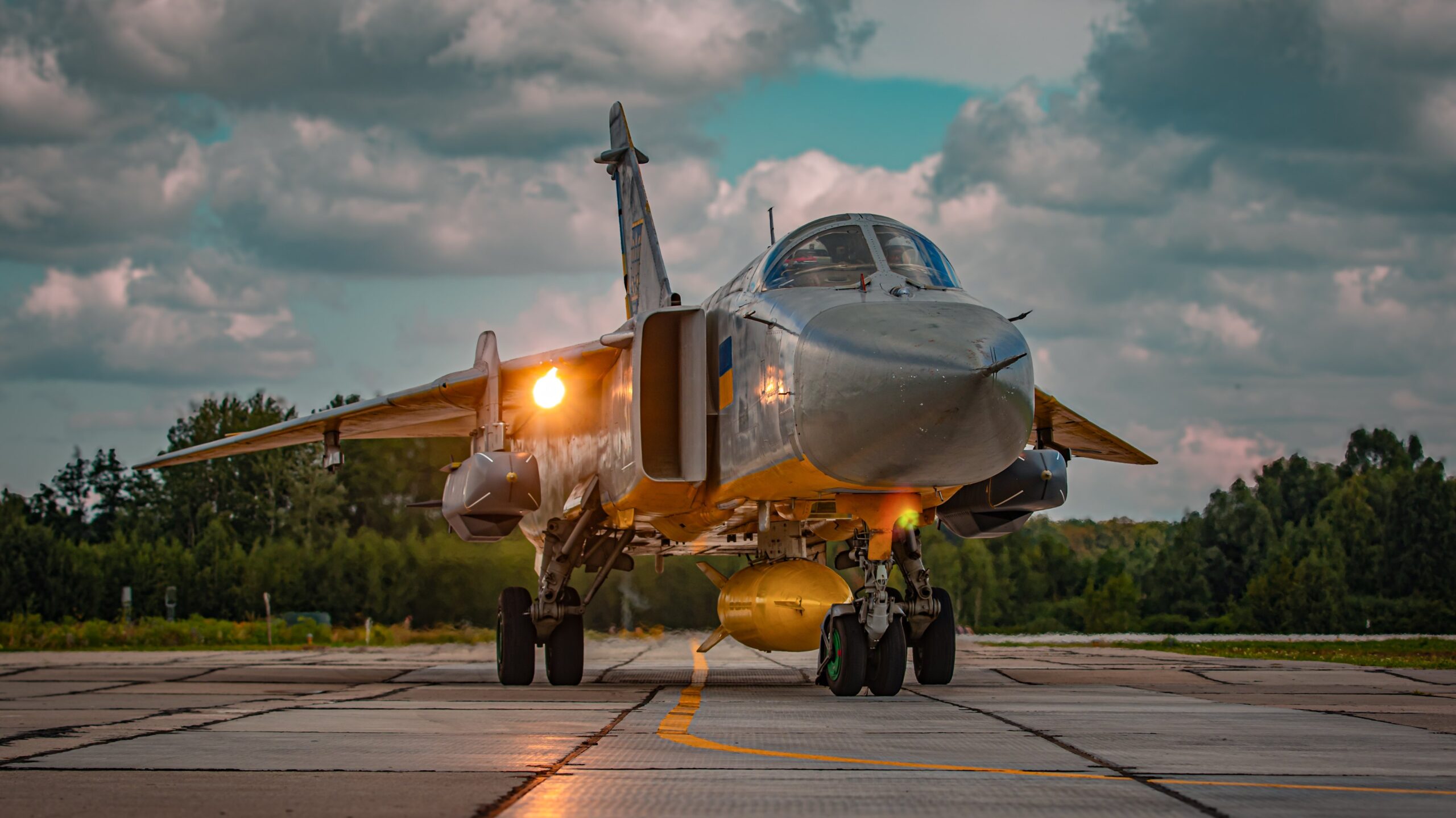AURORA, Colorado—Lockheed Martin intends to keep building F-35 stealth fighters at a steady pace, even as global demand rises and amid reports that the U.S. might reduce next year’s order.
There is no “immediate customer direction” to increase F-35 production, and the company will keep making 156 jets per year for the next “five-plus years,” said Greg Ulmer, Lockheed’s head of aeronautics.
Hours later after Ulmer’s comments, Reuters reported that the Biden administration may seek to buy 70 F-35s instead of the planned 83 in its 2025 budget proposal, which is expected to be unveiled March 11, to help meet Congress’s defense-spending cap.
In a statement issued after the Reuters report, Lockheed said it looks forward to “working with the administration and Congress as the president’s fiscal year [20]25 budget receives consideration in the months ahead.”
The F-35 Joint Program Office declined to comment on the potential cut.
But with international militaries clamoring for the planes faster than Lockheed can make them, any jets the U.S. doesn’t want in 2025 might simply go to other customers. That would raise questions about who would get them and whether they would have to fork over money sooner than planned.
The news comes as the Pentagon continues to refuse delivery of new F-35s until Lockheed finishes testing technology for the jet’s latest upgrade, called Technology Refresh-3. Lockheed announced another delay for the new tech package in its recent earnings call, now forecasting TR-3 to be ready in the third quarter of 2024.
Ulmer reiterated this timeline for TR-3, which will be the “backbone” for Block 4 improvements to the jet’s sensors and weapons. As of now, the TR-3 delay is not “immediately driving” any Block 4 delays, he said.
The company also doesn’t foresee slowing production due to schedule slips with the new tech package, Ulmer said.
“As we progress through the test program, that’ll inform it if there would need to be discussion around slowing the production rate down, but right now based on where we’re at in test with 90 percent of the capabilities in test…we’ve seen increased stability in the software,” Ulmer said.
Cost overruns for the new upgrade are set to reach almost $1 billion, which U.S. taxpayers and allied nations will have to shoulder under the cost-plus development contract with Lockheed.
The cost increase is being caused by further “integration work” required for TR-3, Ulmer said. “If you think about the capability of the platform, the data fusion work that we do, the complexity of the level of work we do, all those elements are playing into the cost overruns associated with TR-3,” he said.
The Pentagon is withholding payments on the undelivered TR-3 jets, about $7 million per plane per Bloomberg, until TR-3 deliveries resume. The company is on contract to build 148 aircraft with the new TR-3 tech this year, according to JPO spokesperson Russ Goemaere. Lockheed has also “failed to earn approximately $60 million” in performance incentives, Goemaere said.
However, Ulmer remained unconcerned about money being withheld and said he’s motivated to get TR-3 work completed.
“From a financial perspective, we forecast what those impacts are. That’s what you hear in our earnings, and so it’s all tied to the projections that [in the] third quarter we’ll get the production line turned back on and we’ll begin to recover those withholds,” Ulmer said.
Over the past few months, the program has begun testing the jet with updated software at Edwards Air Force Base in California and Naval Air Station Patuxent River in Maryland, which represents about “90 percent” of the capabilities of TR-3, he said.
“People don’t realize we’re actually flying TR-3 software on our production aircraft in Fort Worth, [Texas], even though we’re not delivering. We’re actually conducting acceptance flights with TR-3 software. That’s also being updated as we go forward, so we have a series of advancements going on right now with TR-3,” Ulmer said.





















Discussion about this post